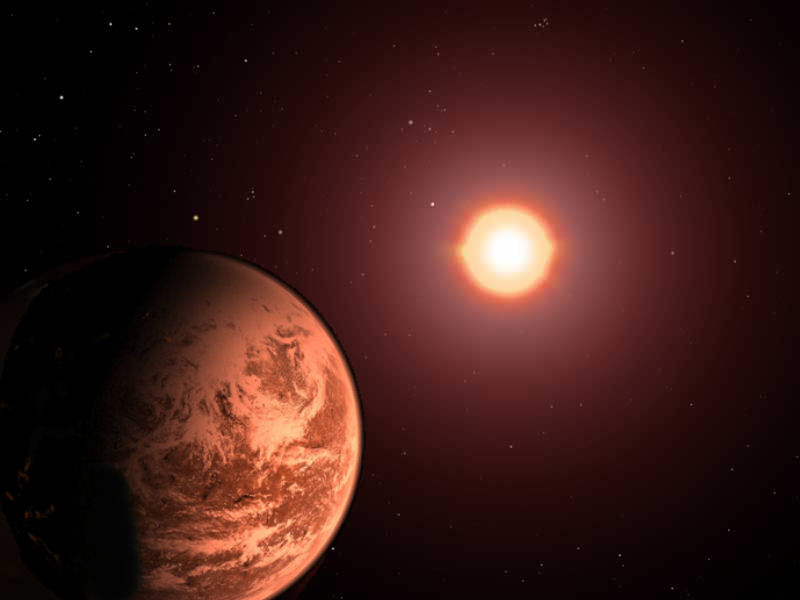 For hundreds of
years, mankind has posed some questions that have yet to be answered. One of
the more popular of these is “are we alone?” Every day it seems like some lunatic is
reporting a UFO sighting. To this day, some people believe that there is life
on Mars and on other planets out further in space. It seems kind of scary that
our planet Earth is the only planet on which there is life. Unfortunately, it
will take hundreds, thousands, maybe millions of years before we are finally
able to conclude weather we are alone in this universe or not. In 1977, the
Voyager spacecraft was launched by NASA to areas beyond our solar system. It
carries an audio recording with the voices of humans in over 50 languages. This
is used to alert alien creatures of our existence, if we find them and they
exist of course.
For hundreds of
years, mankind has posed some questions that have yet to be answered. One of
the more popular of these is “are we alone?” Every day it seems like some lunatic is
reporting a UFO sighting. To this day, some people believe that there is life
on Mars and on other planets out further in space. It seems kind of scary that
our planet Earth is the only planet on which there is life. Unfortunately, it
will take hundreds, thousands, maybe millions of years before we are finally
able to conclude weather we are alone in this universe or not. In 1977, the
Voyager spacecraft was launched by NASA to areas beyond our solar system. It
carries an audio recording with the voices of humans in over 50 languages. This
is used to alert alien creatures of our existence, if we find them and they
exist of course.
Recently, the Kepler
space program has found three “Super Earth Size planets” that may be capable of
sustaining life. These planets orbit their stars at a distance at which it is
possible for water to exist. The planets under investigation are Kepler 62e, Kepler
62f and Kepler 69c. Since these planets are located 1200 light years away from
us, it will be a very long time before we figure out if these planets really
have the ability to sustain life.
After reading this
article, I am left wondering about the possibilities of there really being life
outside of planet earth. What would be the chances that it actually exists, and
if it does exist, what are the chances that we will actually find it? Our
Universe is constantly expanding, and there many planets that we do not yet
know about. What is the possibility that we humans will find and study every
solar system out there looking for life? When you think about it, finding every
solar system let alone planet is almost impossible, for today’s technology. We
will only have to hope that future advances in technology will help us find
planets with the potential for life.
Some research has
shown that these chances of finding life on other planets may be higher than we
expect it to be. According to this article, planets orbiting red
dwarfs may be capable of sustaining life. Red dwarfs make up eighty percent of
the stars in the Milky Way galaxy. The only problem with this theory is that
Red Dwarfs are small, and dim. Their habitable zone is also very small, less
than the distance between our sun and Mercury. Although this may seem like a
concern, the European Space Agency conducted a test with 102 red dwarfs, and
the results showed that 41 percent of them could contain planets in their
habitable zone.
There is another
problem with the habitable zone of red dwarfs. The planets are so close to the
stars that the radiation outputted to the planets would be quite high. Planets
in that area would have to have a magnetic field around them to stop the high
level of radiation. This may make it seem like it is difficult for life on
planets around red dwarfs, but just because us humans cannot tolerate high
levels of radiation doesn't mean that other creatures cannot. Life living on
planets that orbit red dwarfs may be able to survive large amounts of radiation
without effect.
All of this makes
me wonder, is it possible that life exists outside of our planet? There are
thousands of planets out there in our ever expanding universe, and there are
new ones being created right now. Sometimes I wonder which is the better
question to ask, “What are the chances of there being life outside of planet
Earth?” or “What are the chances that planet Earth is the only planet capable
of sustaining life?”
Original Article
Original Article

No comments:
Post a Comment